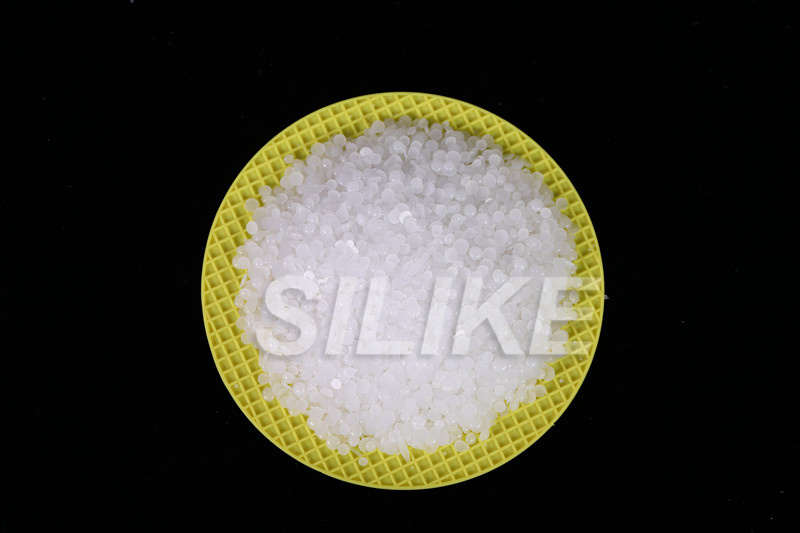Researchers have found a chemical that’s widely used on crops such as almonds, wine grapes and tree fruits can be bad for bees.
They’ve found it makes honey bee larvae more susceptible to deadly viruses. improve the coloring strength

The chemical is called an organosilicone surfactant, and it’s used in tank mixes of pesticide products to make them more effective.
Julia Fine is a researcher with Penn State, and is the lead author of a new study on this topic in collaboration with the USDA. She says the EPA considers this chemical inert.
"And what that means is that it's thought to be biologically inactive when it's used in the environment, so there are no federally mandated restrictions on its use in agriculture," she says.
But she says they've found problems with the chemical in laboratory research.
“Our study showed that when honeybee larvae are fed a relatively low dose of organosilicone surfactant chronically while they are developing, it can result in synergistic mortality when it is co-administered with viral pathogens,” Fine says.
In other words: the chemical appears to make the larvae more susceptible to viruses that can kill them.
“And it will kill them at a significantly higher frequency than if they were just exposed to the virus or the organosilicone surfactant alone,” she says.
Fine says that viral pathogens are found in just about every honey bee colony in North America.
Fine says they need to do more research on these kinds of chemicals, and understand what might be happening in beehives.
“I think going forward we can perform more studies to evaluate the risk a little bit," says Fine. "We have very little data at this moment about the residues and the fate of these chemicals in the environment.”

Auto Fender Application Tpv (Support trusted journalism like this in Michigan. Give what you can here.)